Interactives
150 Years of U.S. National Debt in One Chart
Interactives
Get the Inside Scoop on the Latest Ice Cream Trends in America
Interactives
Which States Have the Most (and Least) State and National Park Coverage?
Interactives
A Thousand Years of Ancestral Connections in One Interactive Chart
-
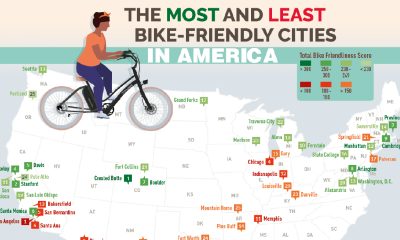
 Charts3 years ago
Charts3 years agoWhere Are the Most Bike-Friendly Cities in America?
-
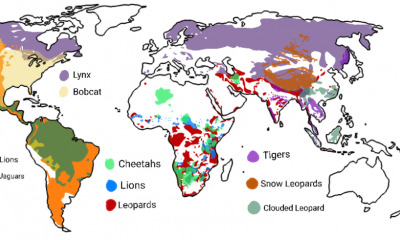
 Maps4 years ago
Maps4 years agoWorld Map Shows the Distribution of Big Cats Around the World
-

 Misc Visuals3 years ago
Misc Visuals3 years agoWhat Brands Does Nestlé Own?
-
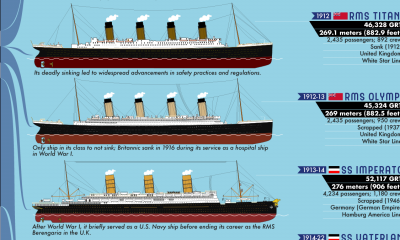
 Timelines4 years ago
Timelines4 years agoThe Largest Passenger Ships in the World Since 1831
-
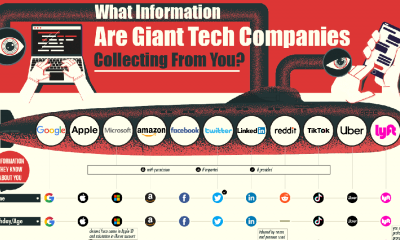
 Charts4 years ago
Charts4 years agoA Compilation of Information That Popular Tech Companies Collect From Their Users
-
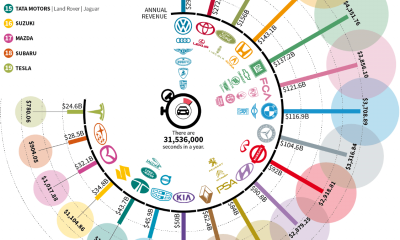
 Charts4 years ago
Charts4 years agoHow Much Car Manufacturers Make Every Second
-
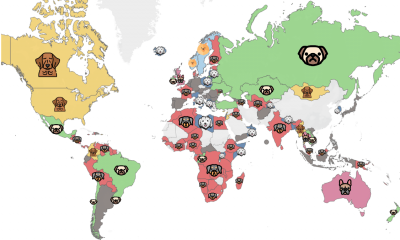
 Maps3 years ago
Maps3 years agoThe Most Searched Dog Breeds In Every Country Around The World
-
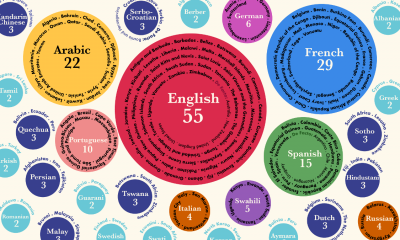
 Charts4 years ago
Charts4 years agoThe Official Languages Found in the Most Countries Around the World

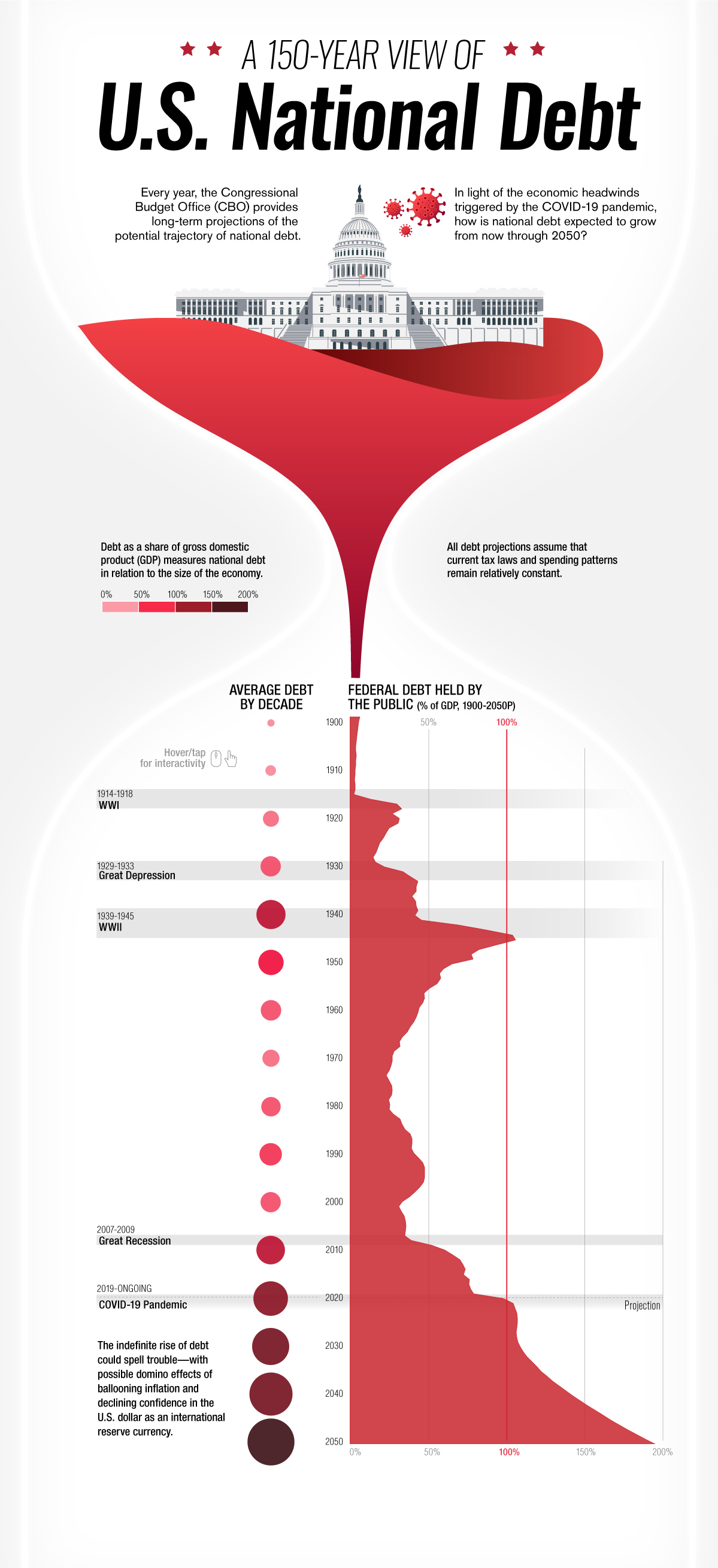

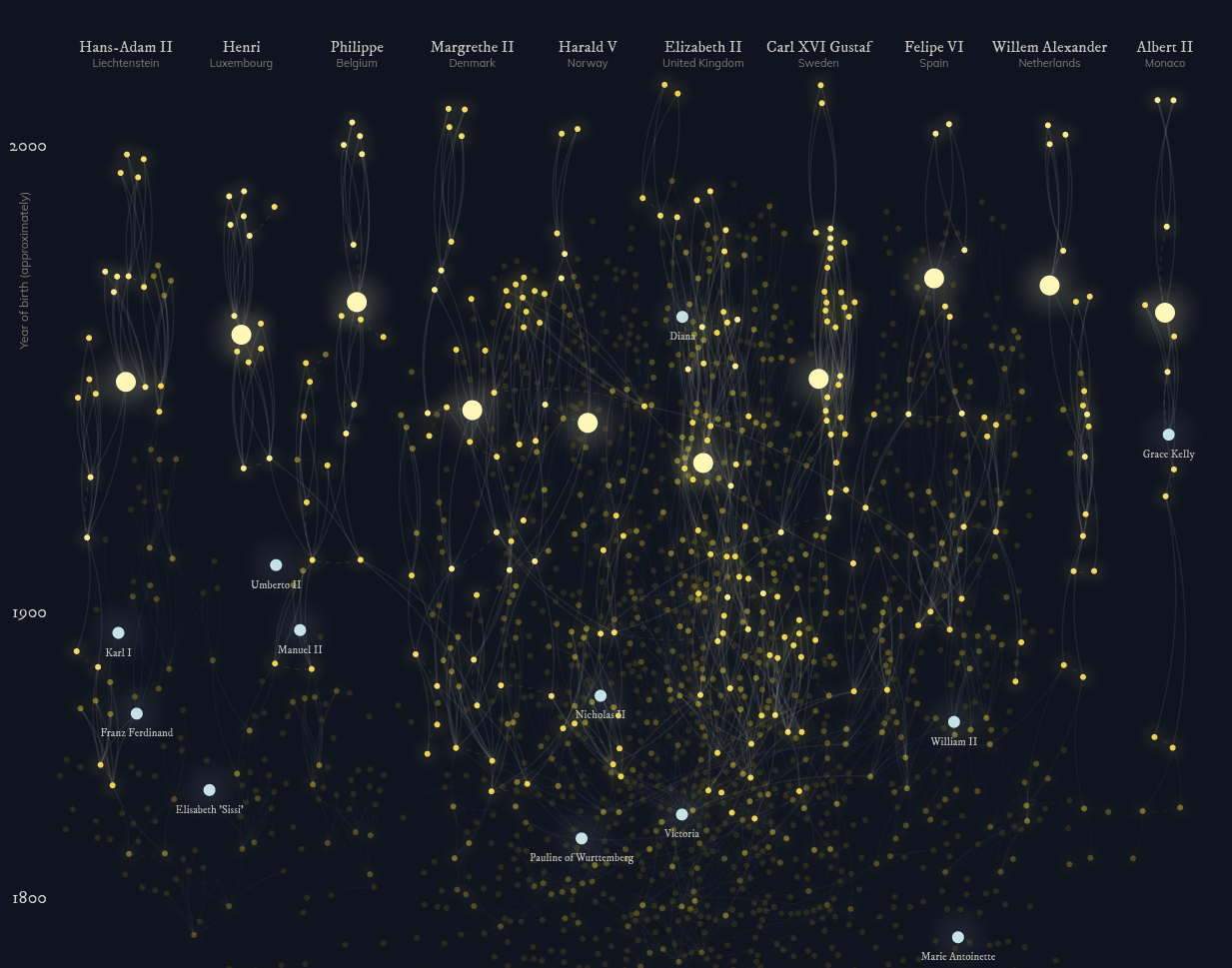
1 Comment